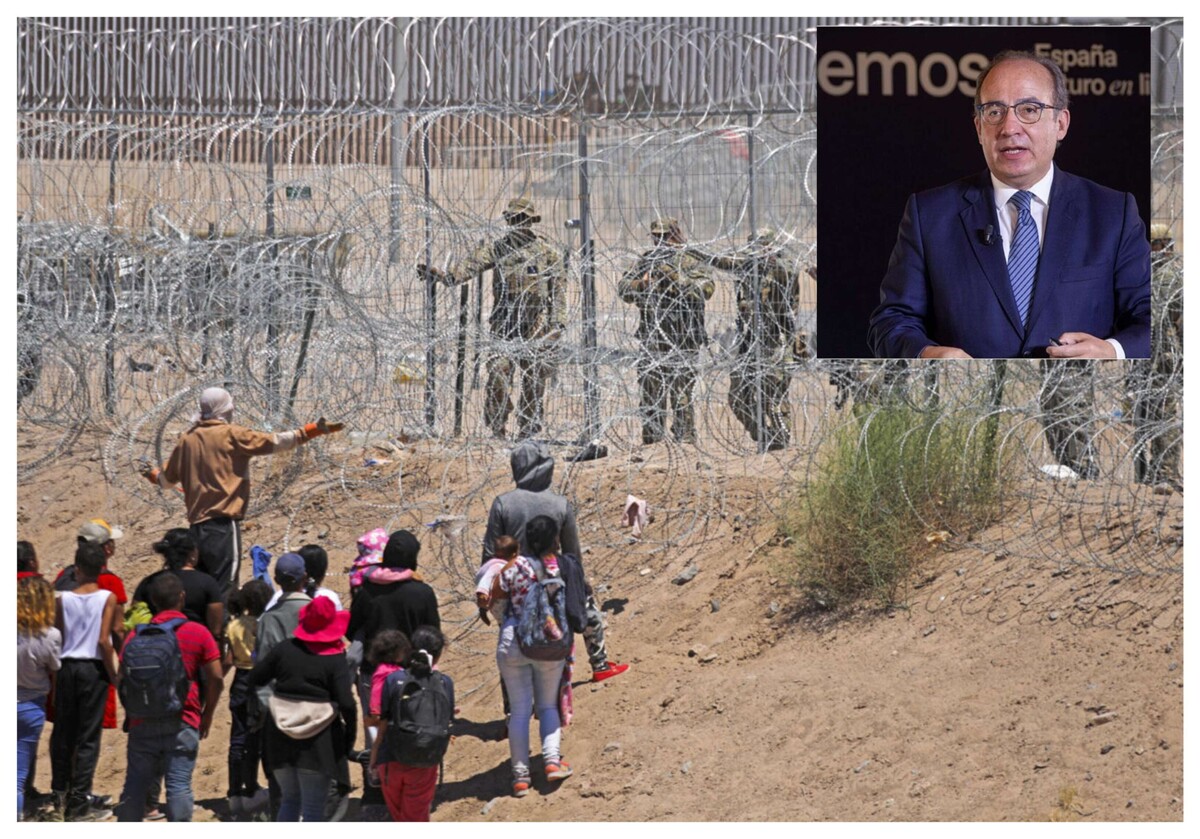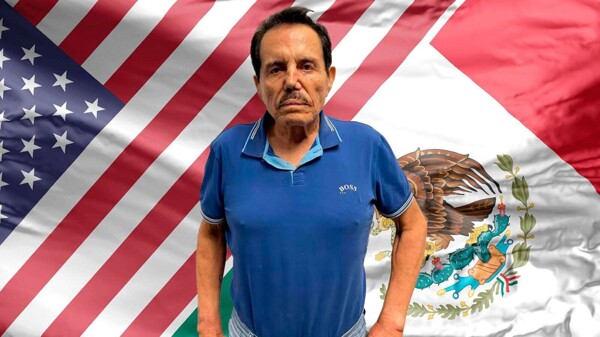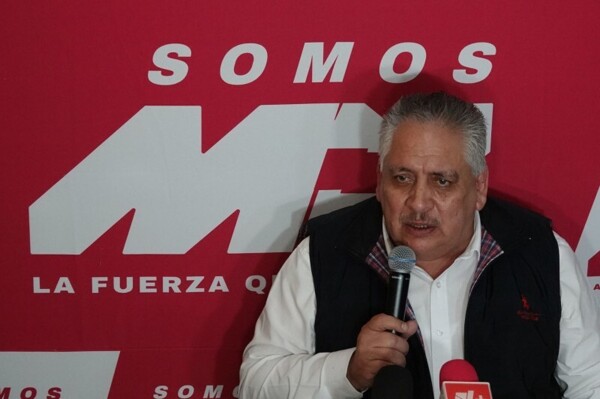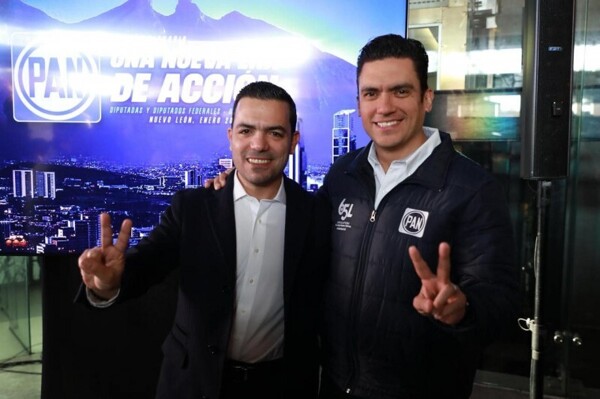
In January 2019, during the Trump administration, the 'Remain in Mexico' program, officially known as the Migrant Protection Protocols (MPP), was implemented to contain the entry of irregular migrants at the border between Mexico and the United States. This program required migrants to wait in Mexican territory while their asylum requests in the United States were processed.
Recently, former Mexican President Felipe Calderón Hinojosa has used artificial intelligence tools to criticize this migration pact signed by President Andrés Manuel López Obrador. Calderón has pointed out that Mexico should not have accepted the 'Remain in Mexico' scheme for six years or the concept of 'safe third country' for migrants from other nationalities.
Experts warn that if the 'Remain in Mexico' program is reestablished, Mexico could face an increase in the number of people stranded in its territory, which could strain local resources. Calderón's proposal is based on the European model and includes measures for bilateral cooperation to prioritize humanitarian aid and investment in basic infrastructure, preventing Mexico from bearing the cost of the migration crisis alone.
In this context, it is crucial to negotiate with the United States for support similar to what Turkey received from the European Union in 2016 during the migration crisis stemming from the war in Syria. This agreement included significant financial support to improve humanitarian, educational, and health infrastructure in migration settlement areas.
The 'Remain in Mexico' program has faced international criticism due to the precarious conditions in which thousands of migrants find themselves at the border. Despite being suspended in 2022 under the Biden administration, Donald Trump seeks to reinstate it as part of his political agenda. The reinstatement of this program represents a new challenge for bilateral relations and migration management in the region.














